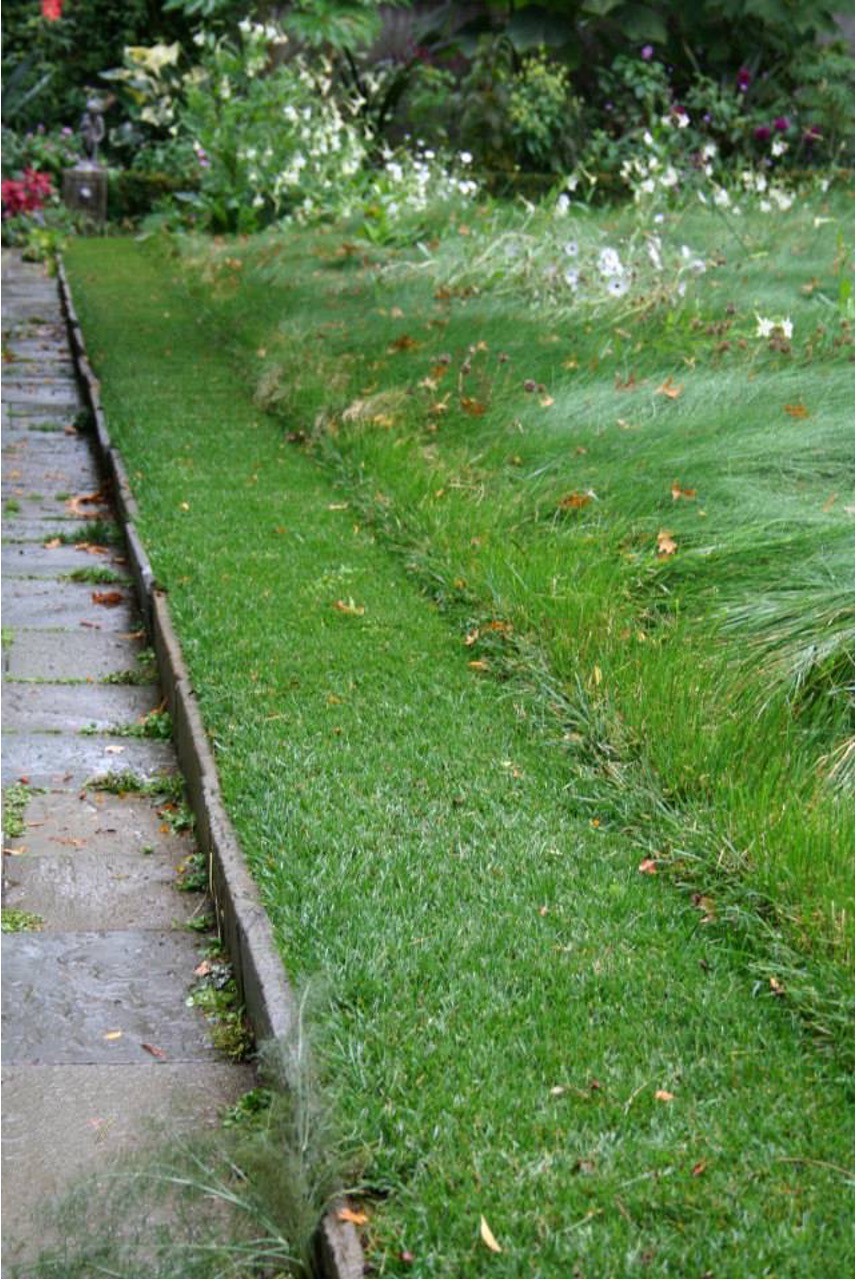Gardening & Lifestyle|Nature & Science
Let’s Grow Stuff: Mulling over ‘No Mow May’
Pros, cons and tips & tricks for rewilding our own outdoors for May and beyond.
06/08/22
Gardening & Lifestyle|Nature & Science
Pros, cons and tips & tricks for rewilding our own outdoors for May and beyond.
06/08/22
Pros, cons and tips & tricks for rewilding our own outdoors for May and beyond.
I first heard about No Mow May in spring 2020. At the time, I was the Director of the Allen Centennial Garden at UW-Madison, and COVID-19 had just arrived. We were still in the deep throws of lockdown and access to campus was highly restricted. We were actively searching for ways to simplify and streamline our garden and landscape management, and in that moment, No Mow May seemed to be a great solution.
No Mow May originated in the United Kingdom as a means to support early spring pollinators emerging from hibernation. The concept: allow early-spring flowering lawn “weeds” to do their thing and by holding off on mowing, we could each provide a vital bridge for pollinators coming out of hibernation, before the later season perennials in our gardens took over. It made its United States debut by way of Appleton, Wisconsin, which suspended its lawn weed ordinance for the duration of May in 2020.
Fast forward to 2022, and No Mow May seems to have become a more wide-spread movement, taking hold in our new hometown of South Bend, Indiana. Participants are eager to support wildlife and are realizing the collective power of their own outdoors.
Personally, I’m fascinated and energized by the spread of this movement, because it means our collective awareness for the negative and toxic impact of conventional lawns is growing. Conventional lawns offer the greatest opportunity within our circle of control to create staggering, much-needed and overdue positive change for the betterment of our communities when we transform them into vibrant ecological spaces.
That said, No Mow May also comes with a few cautions, namely: 1) the flowering plants which naturally colonize most of our lawns in the Midwest are not the same as those in the UK and 2) not all flowers are created equal when it comes to supporting pollinators.
In addition, it’s important to realize that neglect – while an intentional act in itself for No Mow May – is not the same thing as intentional ecological gardening. Intentional gardening is when we thoughtfully and consciously introduce native plants into our landscapes, and manage them appropriately to encourage a diversity of species to thrive. If you participated in No Mow May, you might have observed an uptick in wildlife such as rabbits or voles, as tall grass is a wonderful habitat for them to rear their young, but tall grass in and of itself is not the same as a long-term solution for the other invertebrates, birds and reptiles which could benefit more fully if we made substantial and permanent changes to our landscapes.
Rather than see No Mow May as a solution, I encourage you to see it as an “on-ramp” of sorts, possibly even going so far as to call it a protest. It’s a protest against the conventional lawn aesthetic because it violates our cultural expectations of what a lawn fundamentally is. Some of our neighbors in South Bend received code violation notices for their long grass, and other neighbors who take pride in their lawns have felt shame, embarrassment or confusion over this sudden shift.
Changing a culture takes time. It’s hard and messy work. In all cases, there’s a few key tools that any of us can employ, especially as we choose to re-wild more of our own outdoor spaces.

Consider adding a framed trim to give a slightly more manicured touch to the wild growth.
If you participated in No Mow May this year, I want to sincerely thank you and welcome you to this movement – because that’s precisely what it is. No Mow May is a doorway to greater understanding, awareness, activism and purpose year-round, and it’s a beautiful space to spend our time and energy. We’ll be sharing more resources including native lawn alternatives in future episodes of Let’s Grow Stuff, so do stay tuned.
As always, happy gardening. Onward!
What do you think?
I would love to get your thoughts, suggestions, and questions in the comments below. Thanks for sharing!
Benjamin Futa
The author has turned off comments for this article.